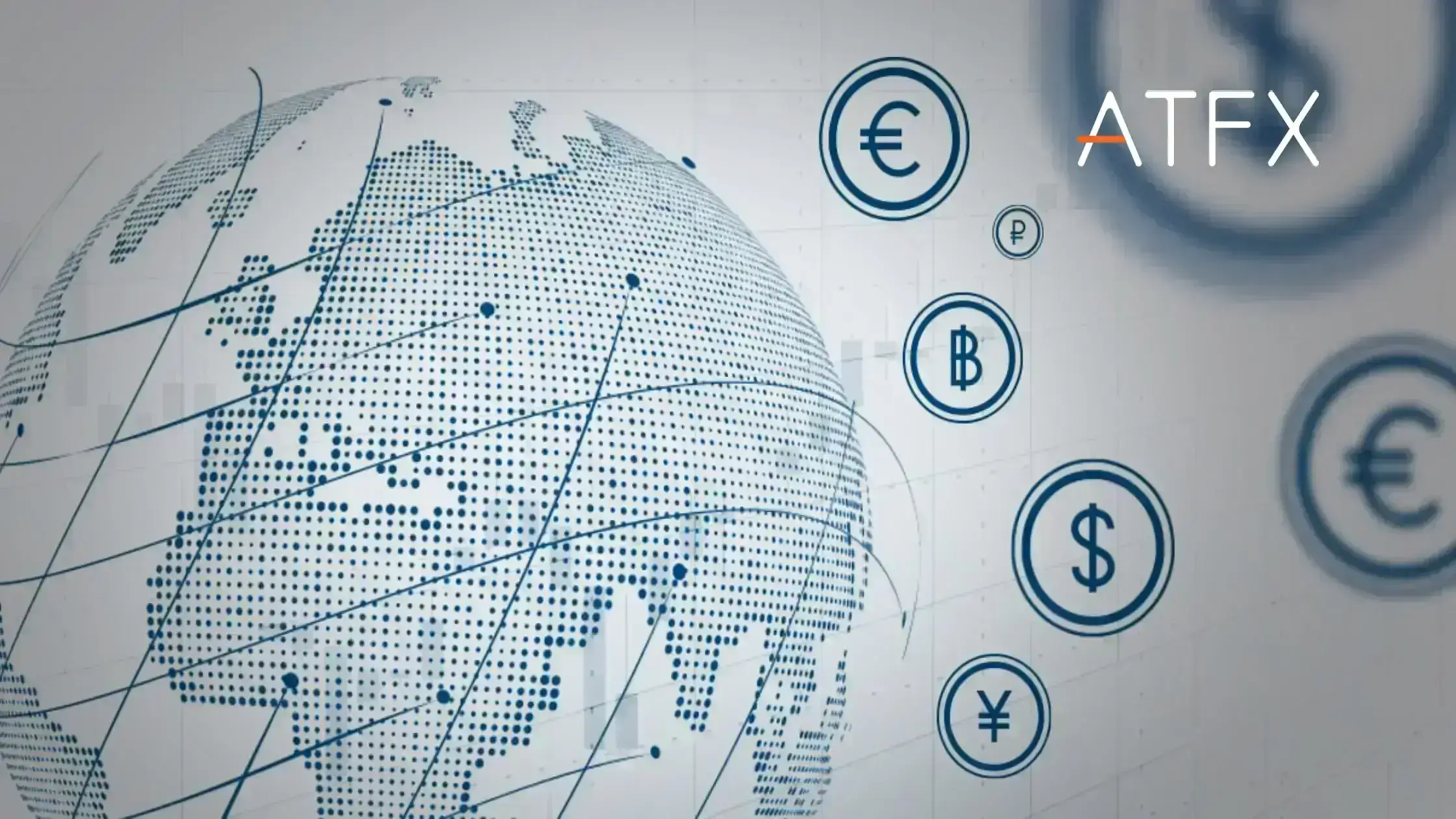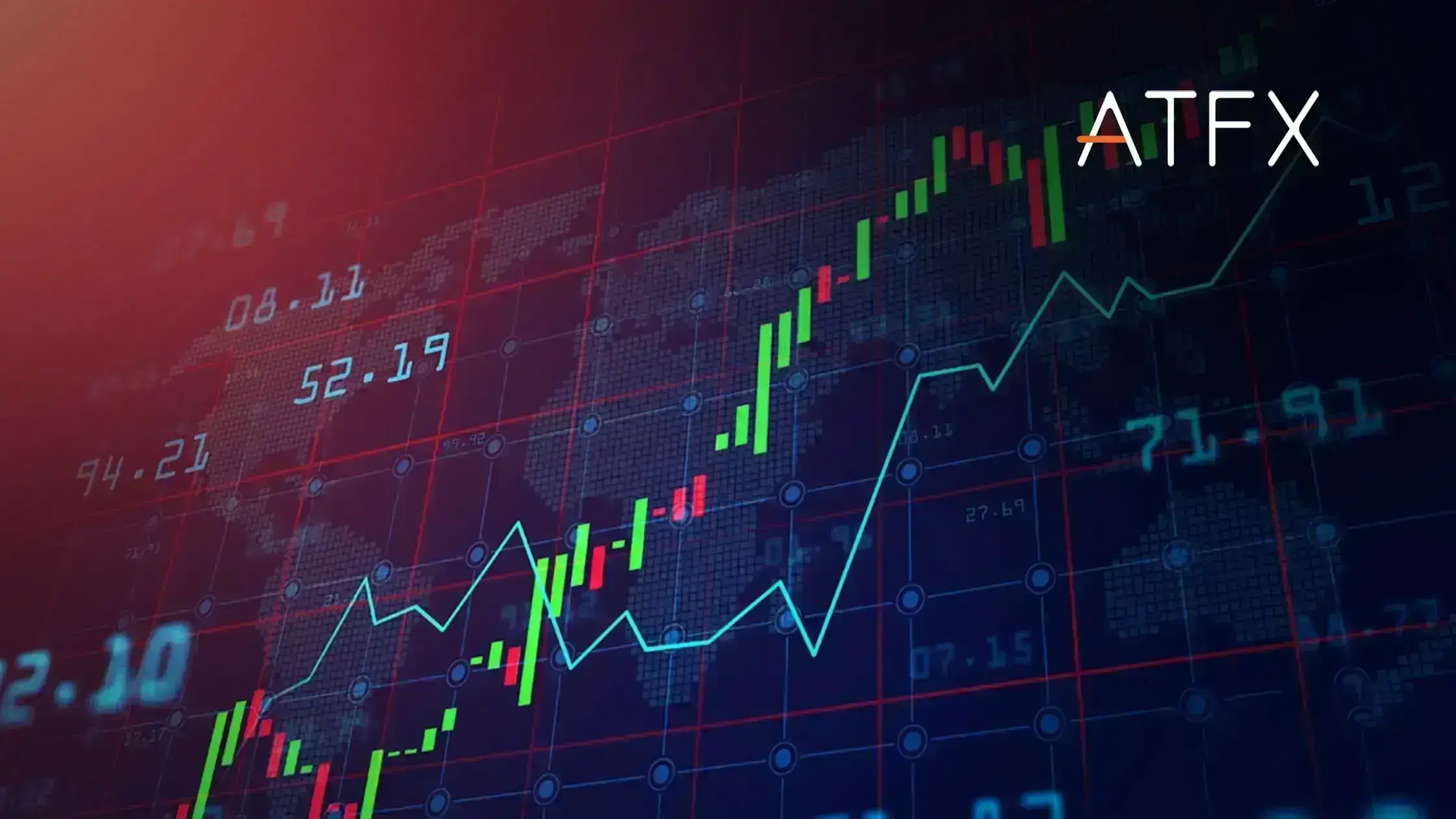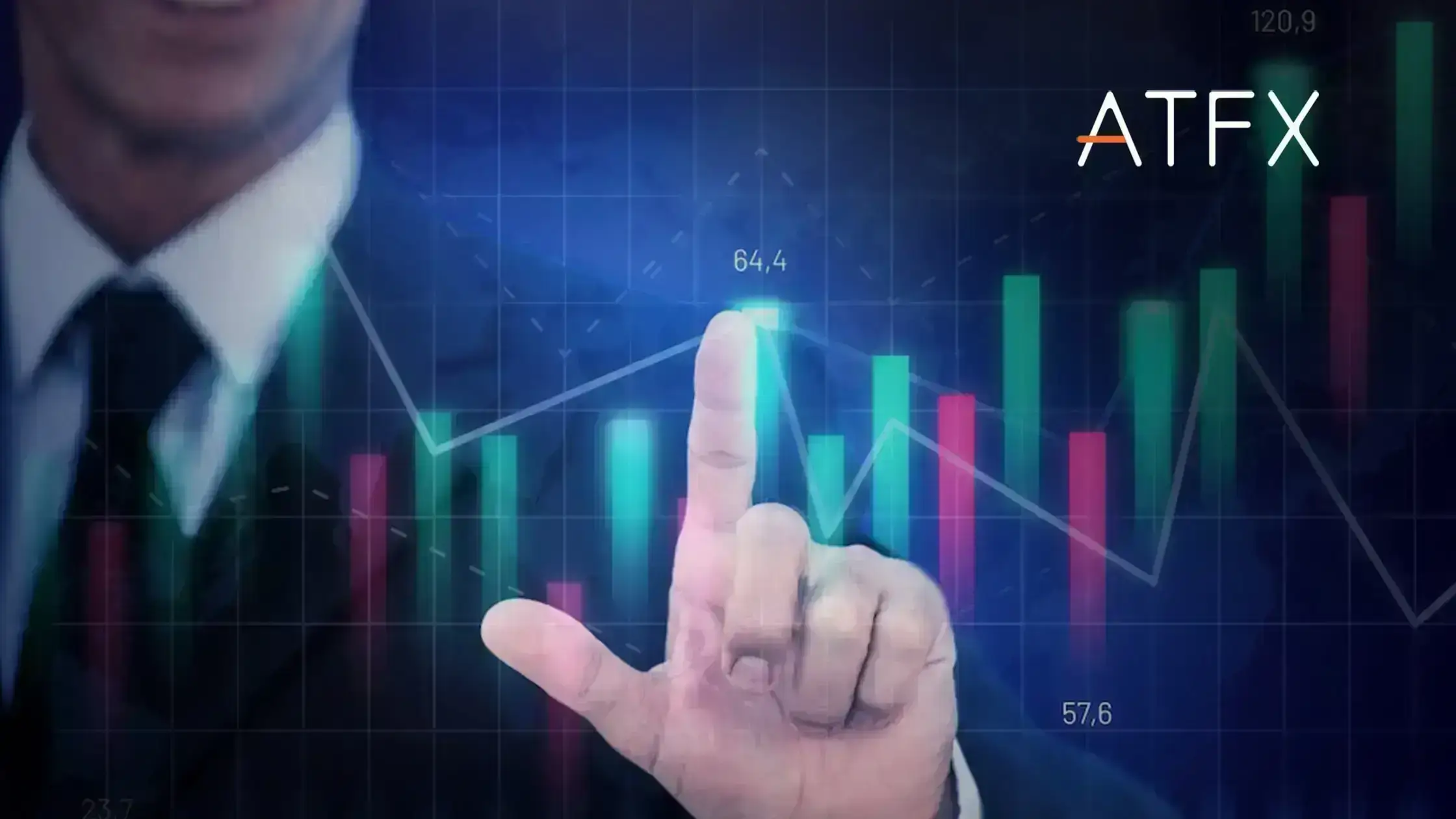Chart trading patterns are tools used in technical analysis.
Some traders will use indicators or oscillators. Others will prefer to focus their analysis on the price.
What is clear is that these patterns indicate something concrete: the trend of the chart, the price objectives, etc.
Let’s see what chart patterns exist and what they are used for. Are you ready for this adventure?
Trading Chart Patterns Overview
When we start operating in the trading world, we learn that certain tools help us detect price movements in advance to anticipate and act accordingly.
What about chart patterns?
As the name suggests, these tools are chart setups that tie together historical prices.
We have all been through the classic shoulder-head-shoulder or Japanese candlestick patterns. But patterns by themselves mean nothing. You look for contexts that favour you, not just patterns.
Two of the most common trading chart patterns
Graphic patterns can be of two types.
Yes, you read that right.
There are 2 models: reversal patterns and continuation patterns.
Here we leave you with the difference.
Reversal patterns herald a change in trend on the chart. The reversal pattern will indicate a bearish move if we have a bullish chart. The most common are the head-shoulder patterns, wedges, W patterns, and double tops.
Continuation patterns follow the current trend. In other words, in an uptrend, the continuation pattern will indicate the continuation of that trend. They are quite common. Above all, some like the triangles or the flags.
Reversal Chart Patterns
The direction of the trend is decisive when looking at a chart.
Let’s discuss some patterns of change in more detail:
Head-Shoulder & Cup-Handle (HCH) Pattern
It usually appears at the tail end of an uptrend and indicates that the market could change course. It is made up of three relative maxima.
Wedges
It also signals a trend change in the market. This pattern can appear on any time chart, whether daily, weekly, or monthly.
Double top and double bottom (W pattern)
They are the same, but in reverse. Both are classic reversal patterns that herald a potential trend reversal (double top: bullish to bearish; double bottom: bearish to bullish).
Continuation Patterns
Continuation patterns indicate trend consolidation and are typically short in duration.
Let’s see some:
Triangles
They can reveal great data about the current market situation and the mismatch between sharks and minnows. Triangles usually occur in the middle of the trend and indicate its continuation.
Flags
They appear on charts that have a previous trend, either bullish or bearish. This is a continuation pattern because the trend continues. Typically, these flags form after a strong trend period.
Other chart patterns
We can also form figures or patterns with other elements.
Just understand that several tools also show the trend or continuity of a price on the chart.
Take a good look at the examples. For technical analysis, you should take all this into account.
Candlestick Pattern
The interpretation of Japanese candlesticks in trading is a matter of common sense.
There are only 2 candlestick patterns: reversal patterns and continuation patterns.
What does each of them show?
Reversal patterns are those in which the price turns around. In short, it consists of observing how the price goes from bullish to bearish, or vice versa, in one or more candles.
On the other hand, continuation patterns refer to breaks in the current trend. The price usually stays flat for a few periods or goes back slightly.
Learn how forex traders use candlestick charts to analyse trends.
Trend Patterns
Does the price move according to a trend?
The answer is yes.
Trend patterns are a typical technical analysis tool. They will help us identify the market’s direction and points of support and resistance.
Let’s see the types of trend lines that exist:
- Healthy trend line
- Uptrend line
- Downtrend line
- Fatigued trend line
- Parabolic trend line
If you want to know more about each type of trend, we leave you a complete article.
However, remember that the trend shows the advance of a price. This price fluctuates constantly. So a true, authentic trend will always have oscillations.
Importance of Trading Patterns
As we have already told you throughout the post, patterns are basic when starting to trade. We do not doubt they can help you at a certain moment, but we do not solely rely on them.
In many blogs that circulate on the net, they are defined as the perfect strategy for trading, but it is not. You have to look for context, not think that the chart will make a profit for you.
We would even combine the charts with other technical indicators to confirm what you think the price will do or disprove your hypothesis. The stochastic oscillator, the Force Index, or the MACD, can help you greatly improve your precision when buying and selling.
Summary
Technical analysis is used to study the opportunities in a market and determine the moments to enter, exit, and, in general, manage our positions.
There are countless MT4 indicators that are free to use and have recognisable patterns, techniques, and trading systems. The important thing is that you learn to recognise common trading chart patterns before investing real money in trading.
Meanwhile, if you wish to test your knowledge of the trading charts before investing your hard-earned money, we suggest you open a demo account. ATFX offers all the major financial products on a very practical trading platform to practise different strategies while still learning from a guide or the free training materials ATFX provides. So, get your demo trading account for free now!


